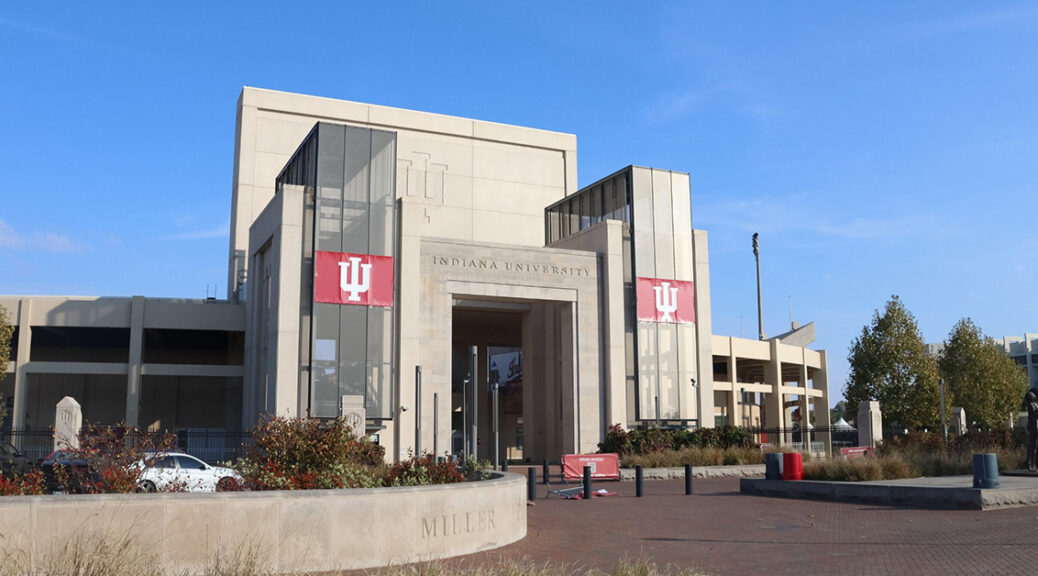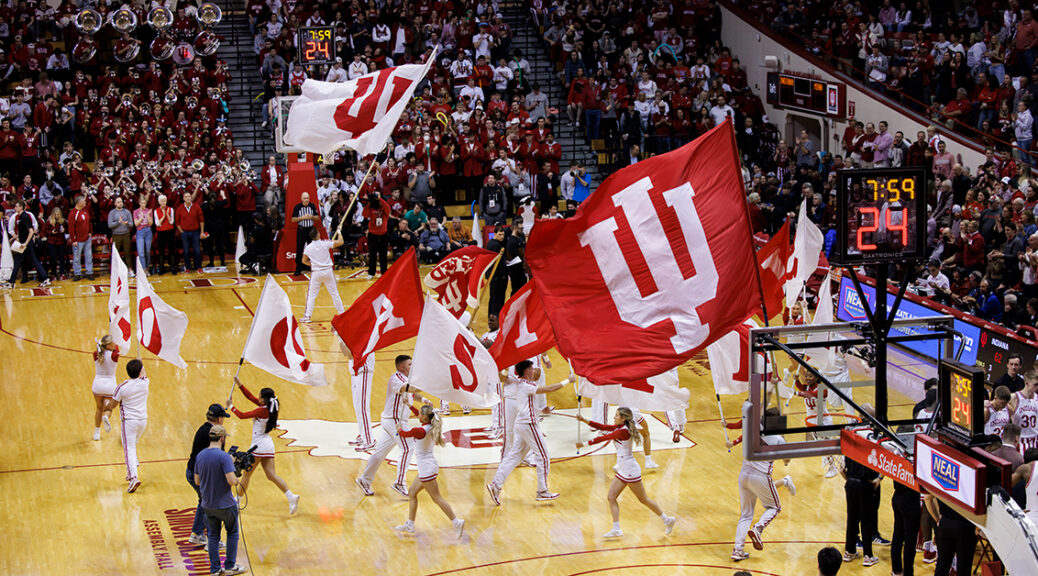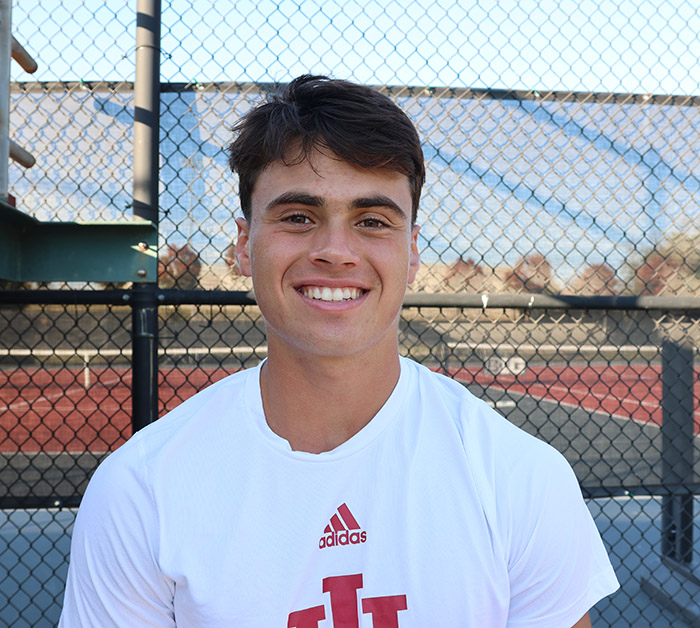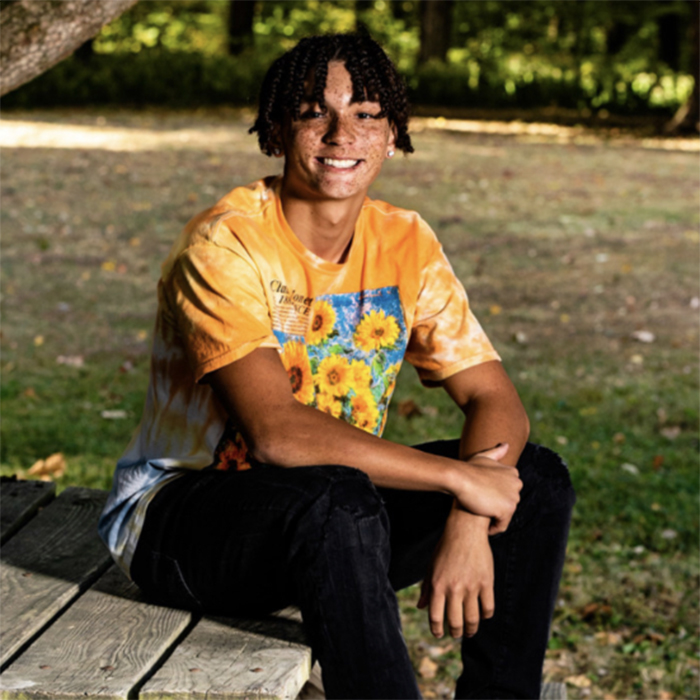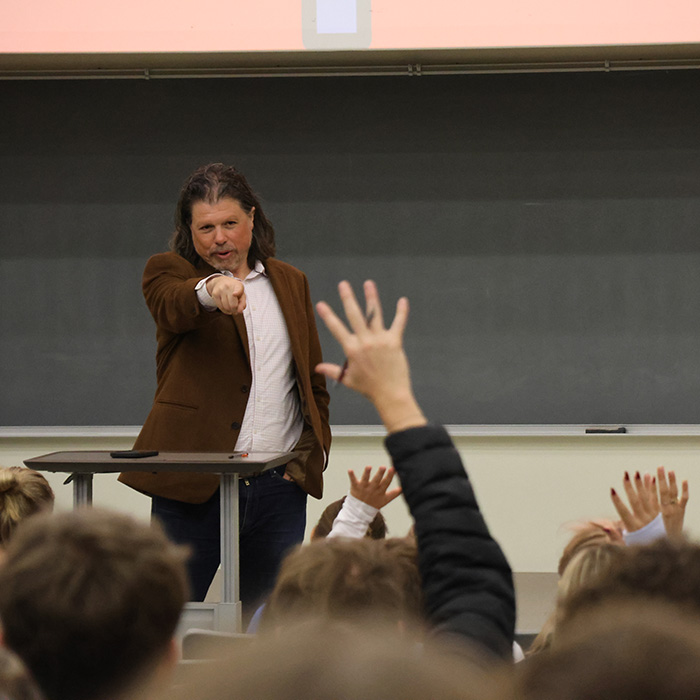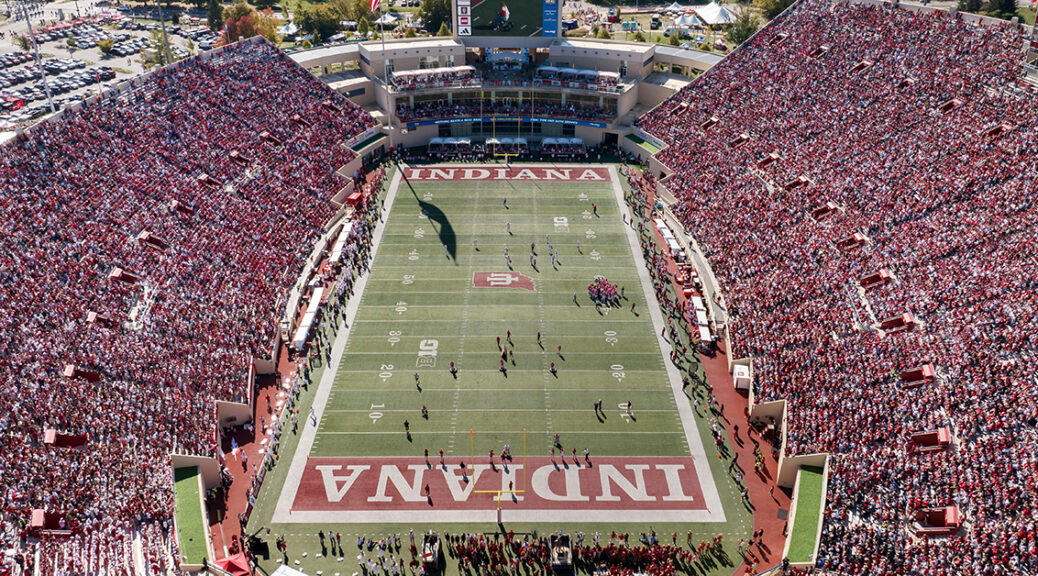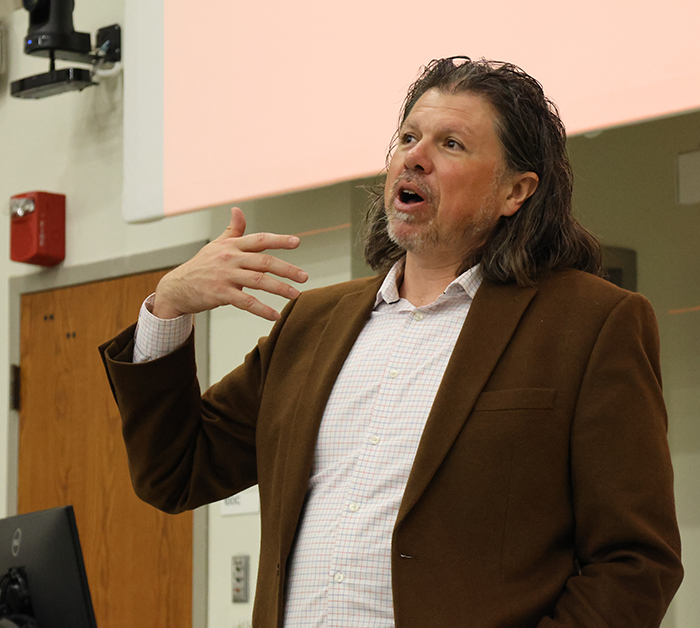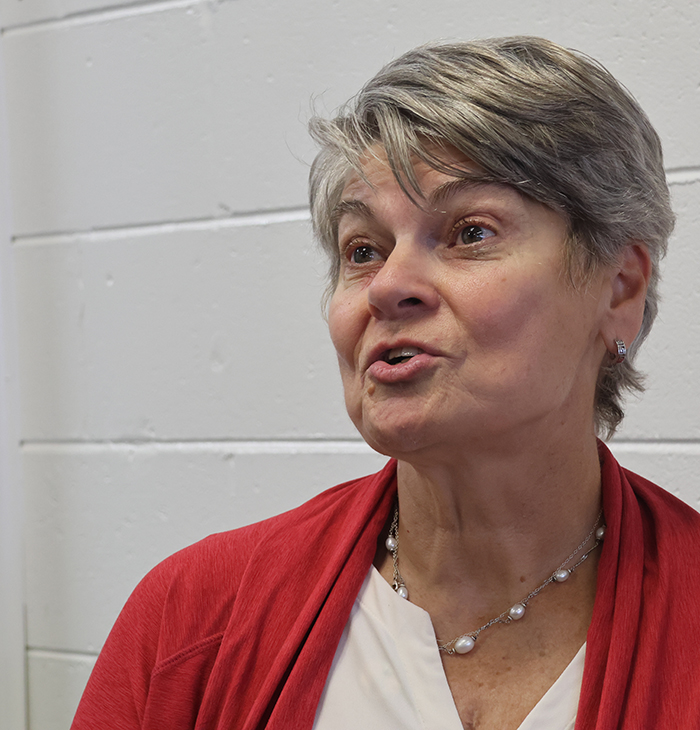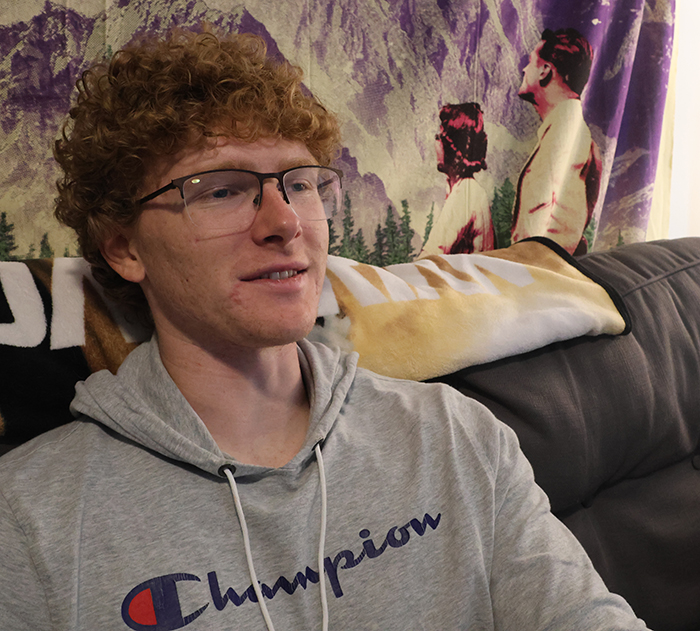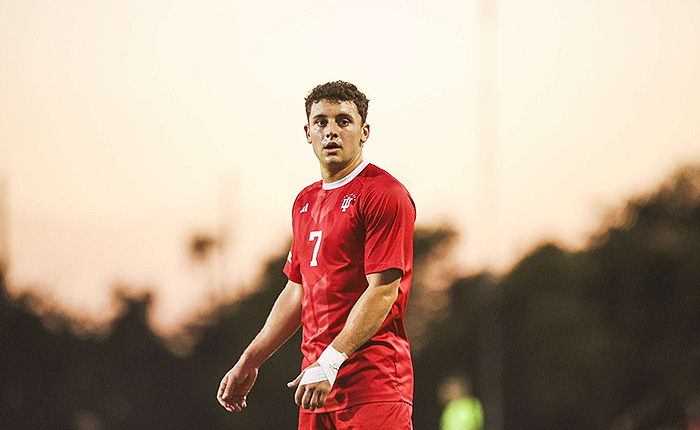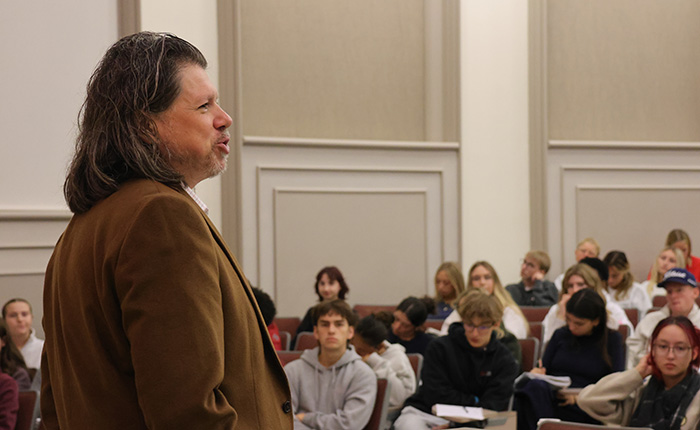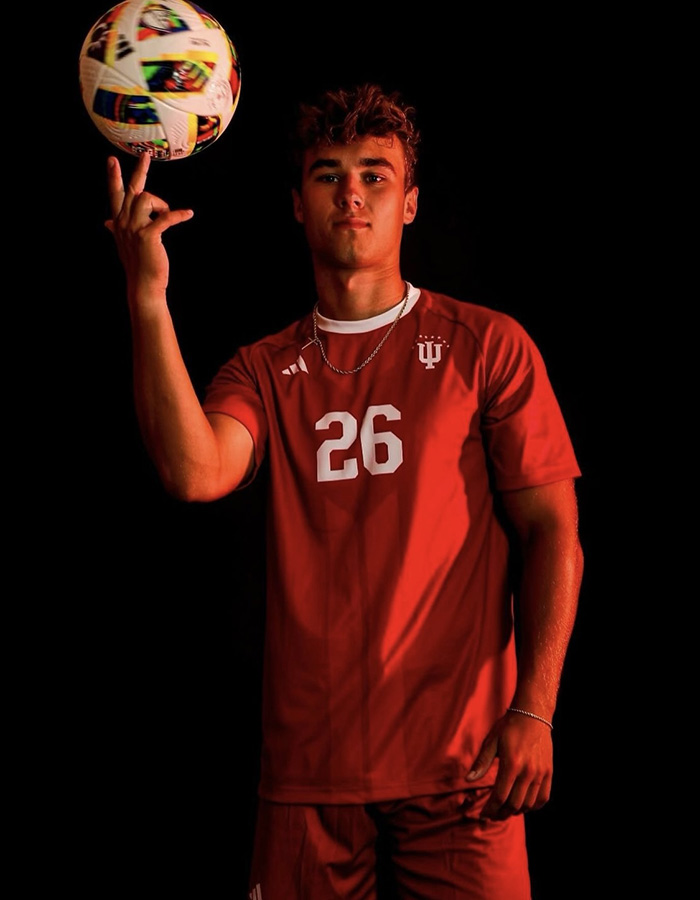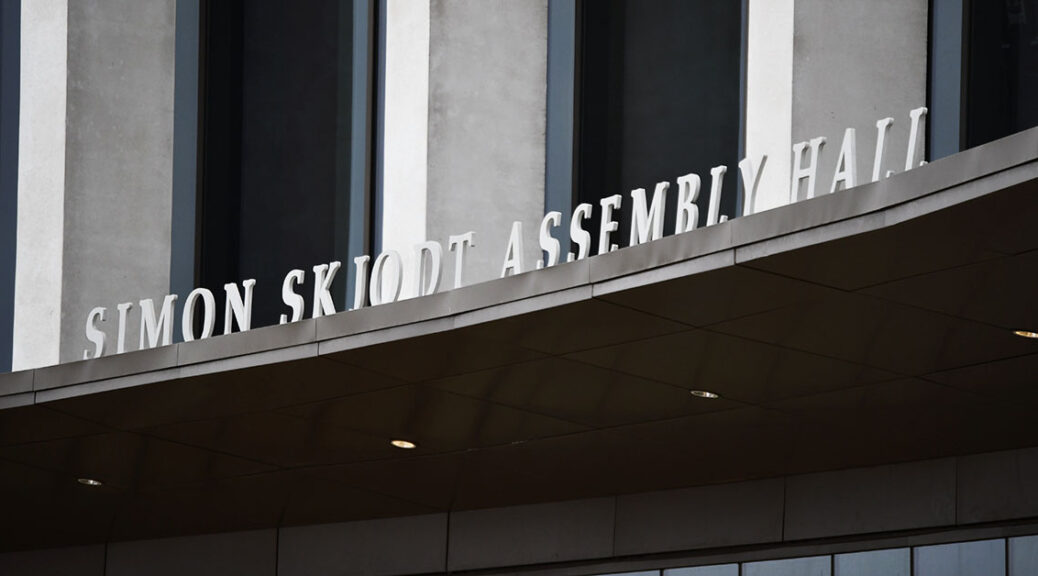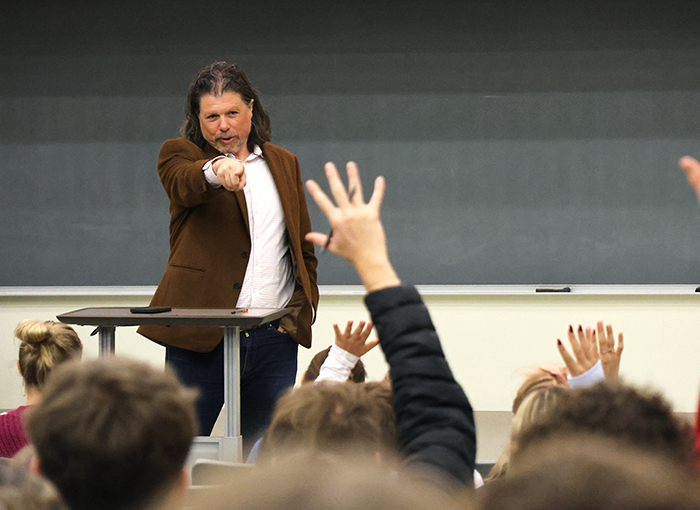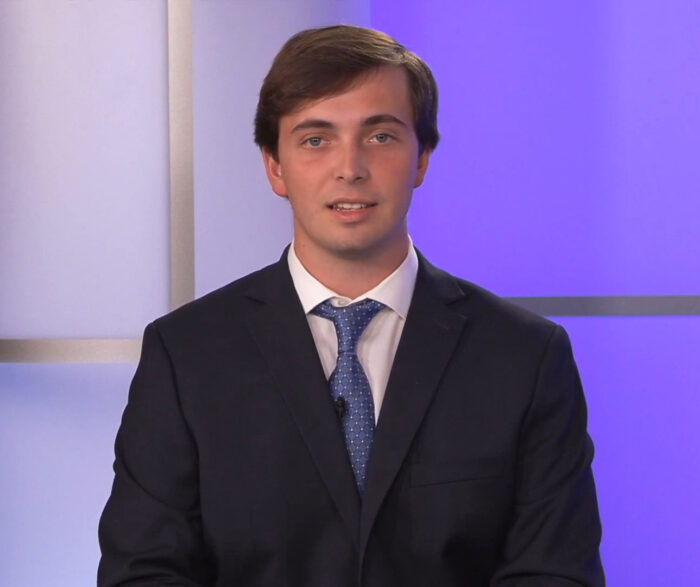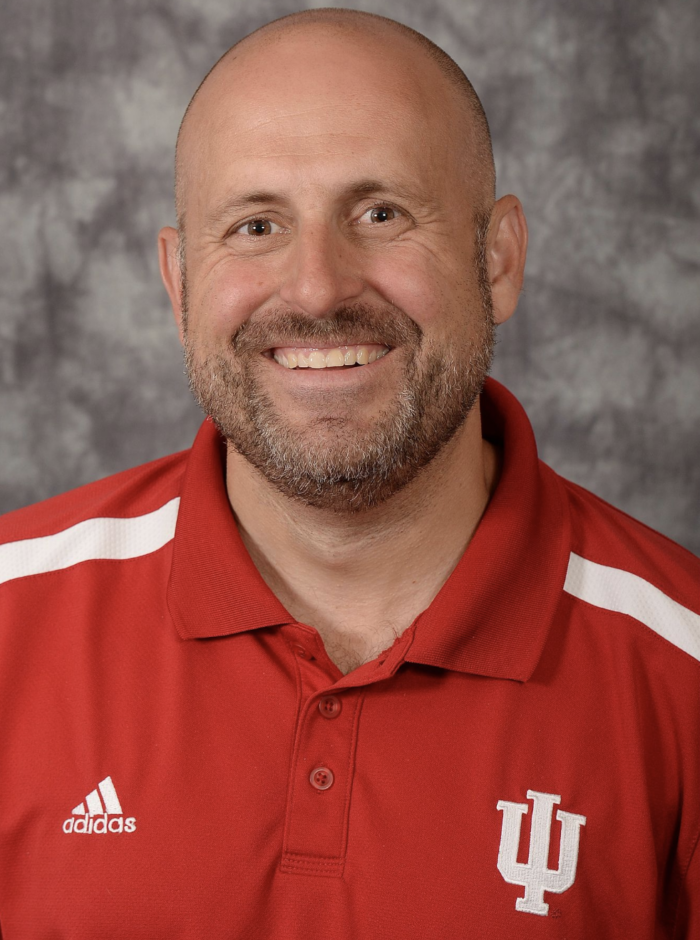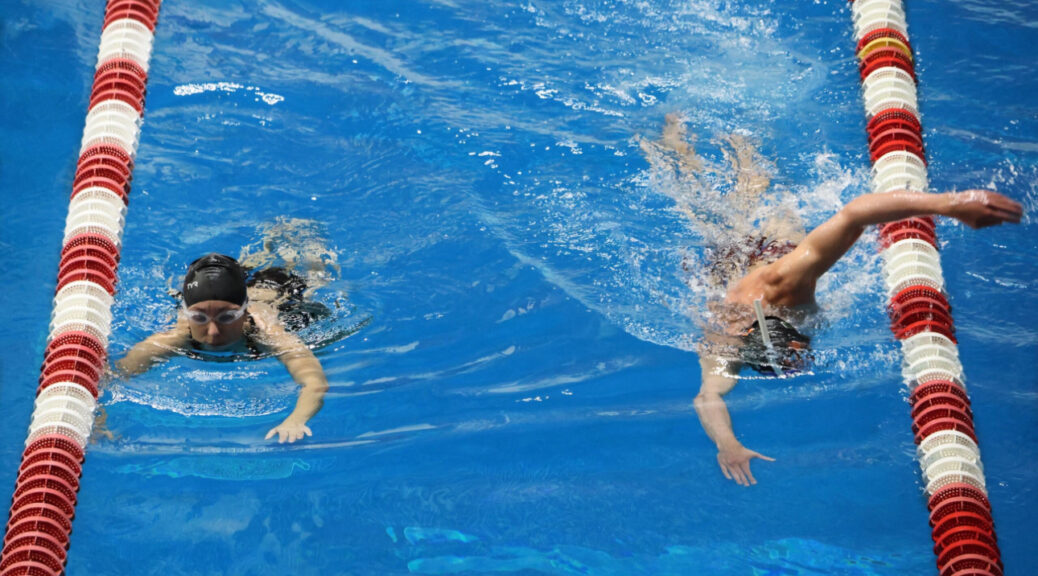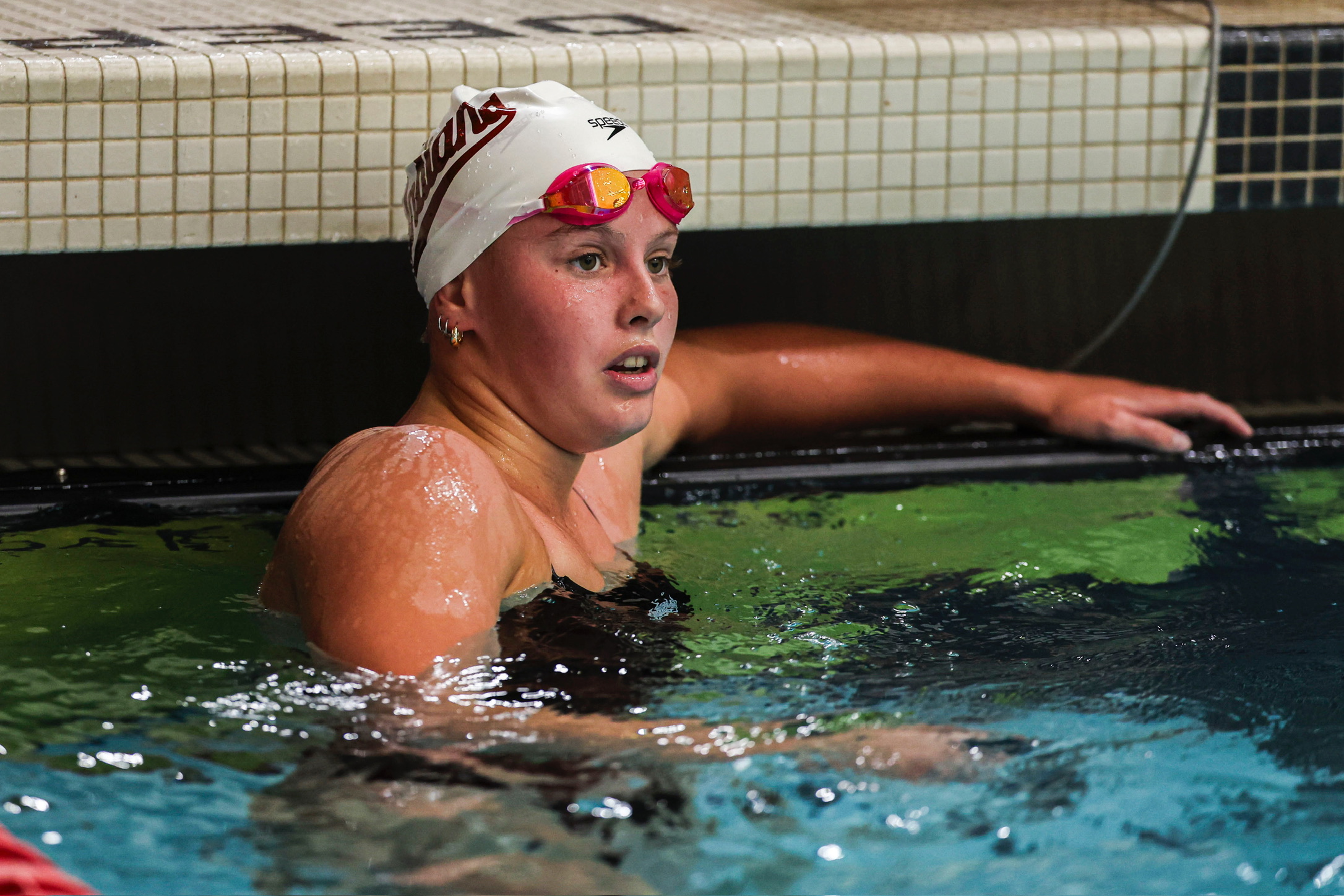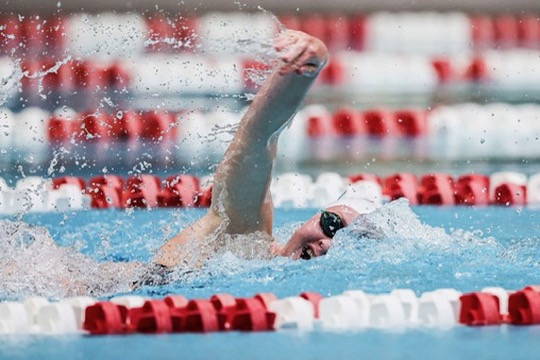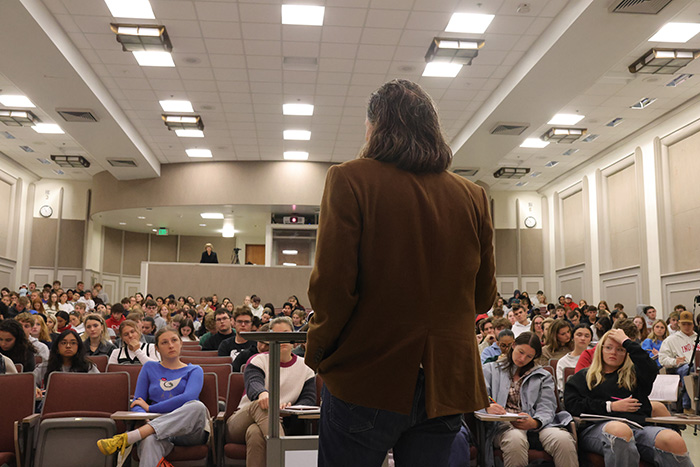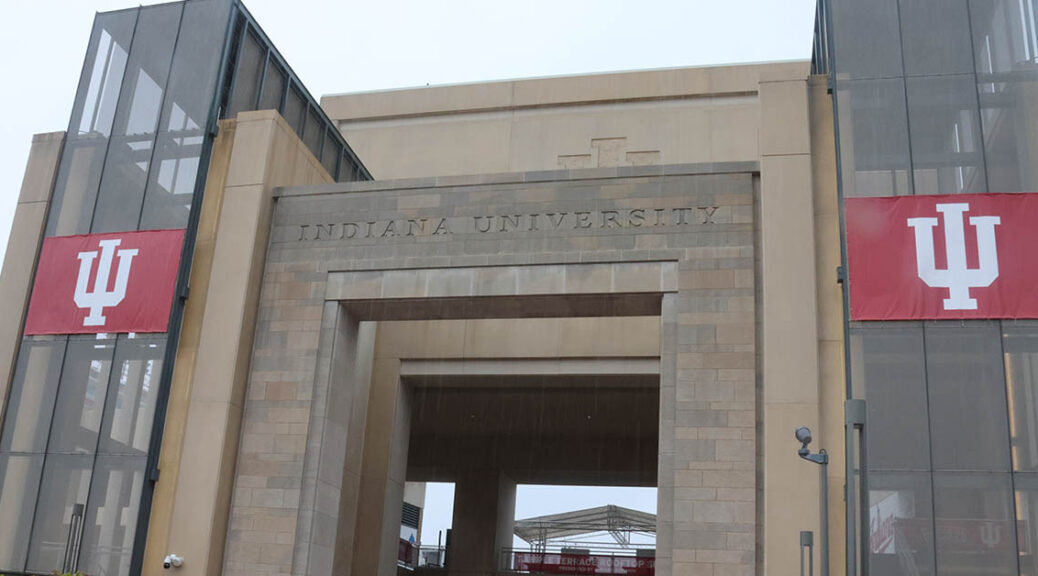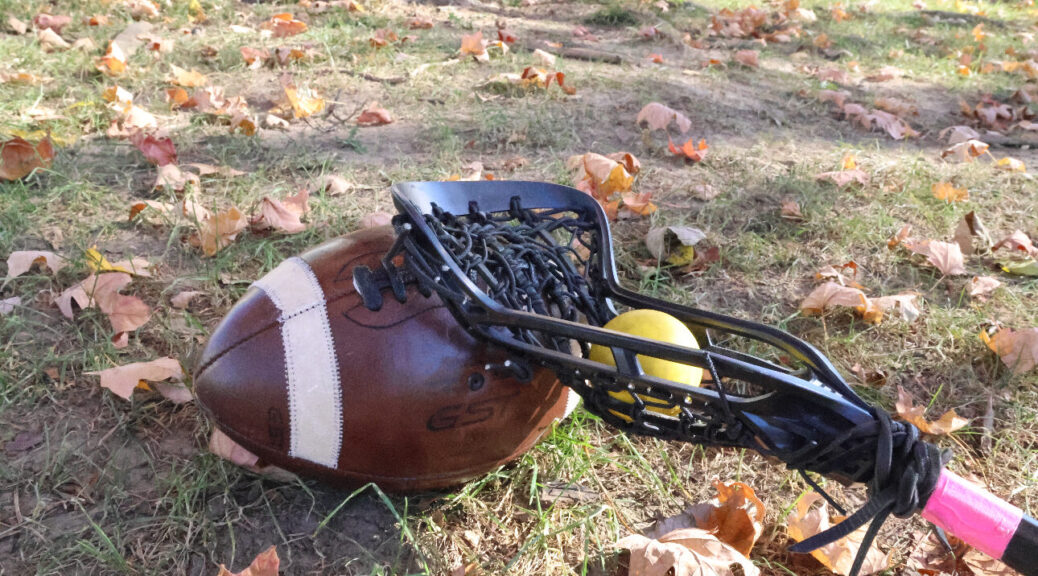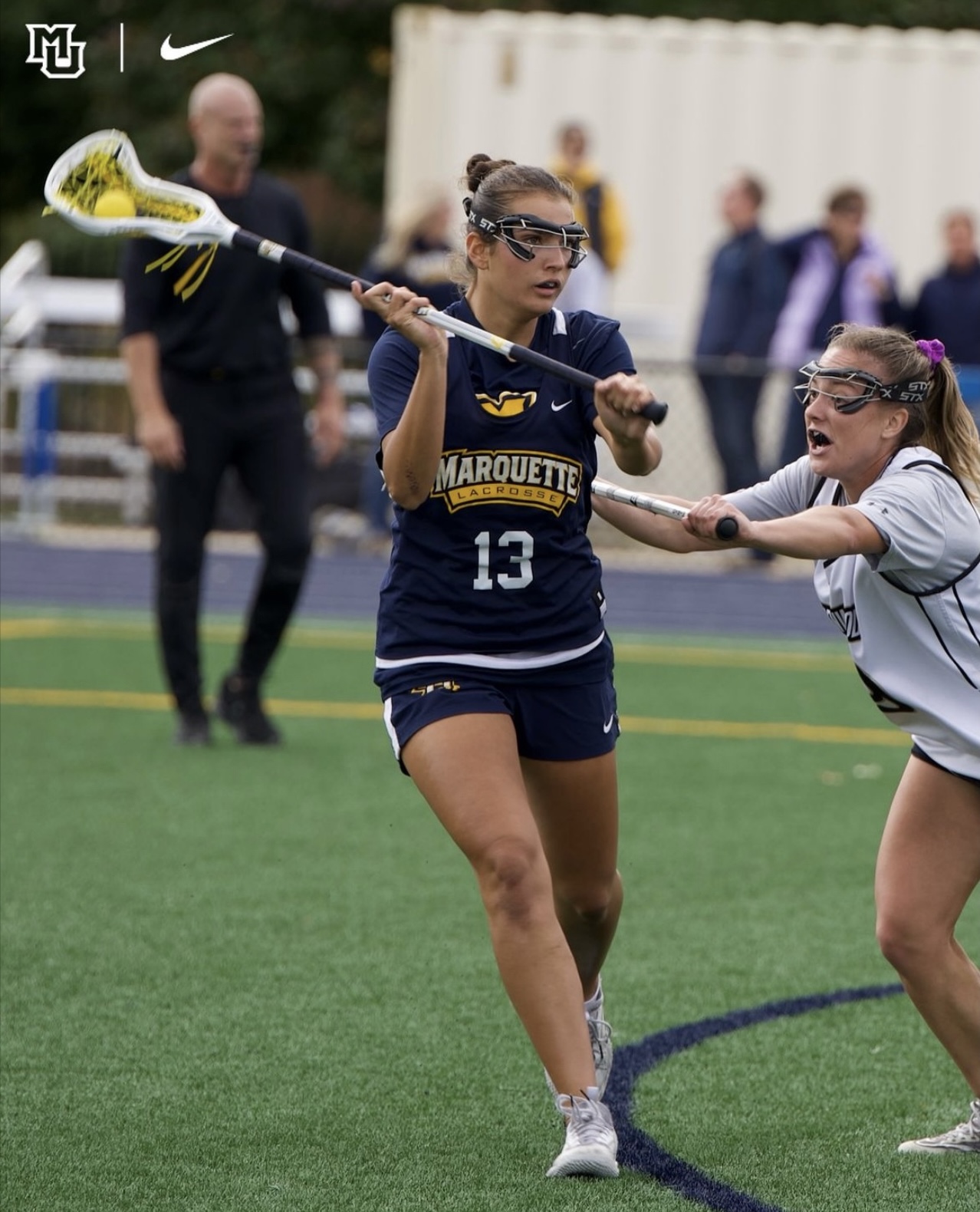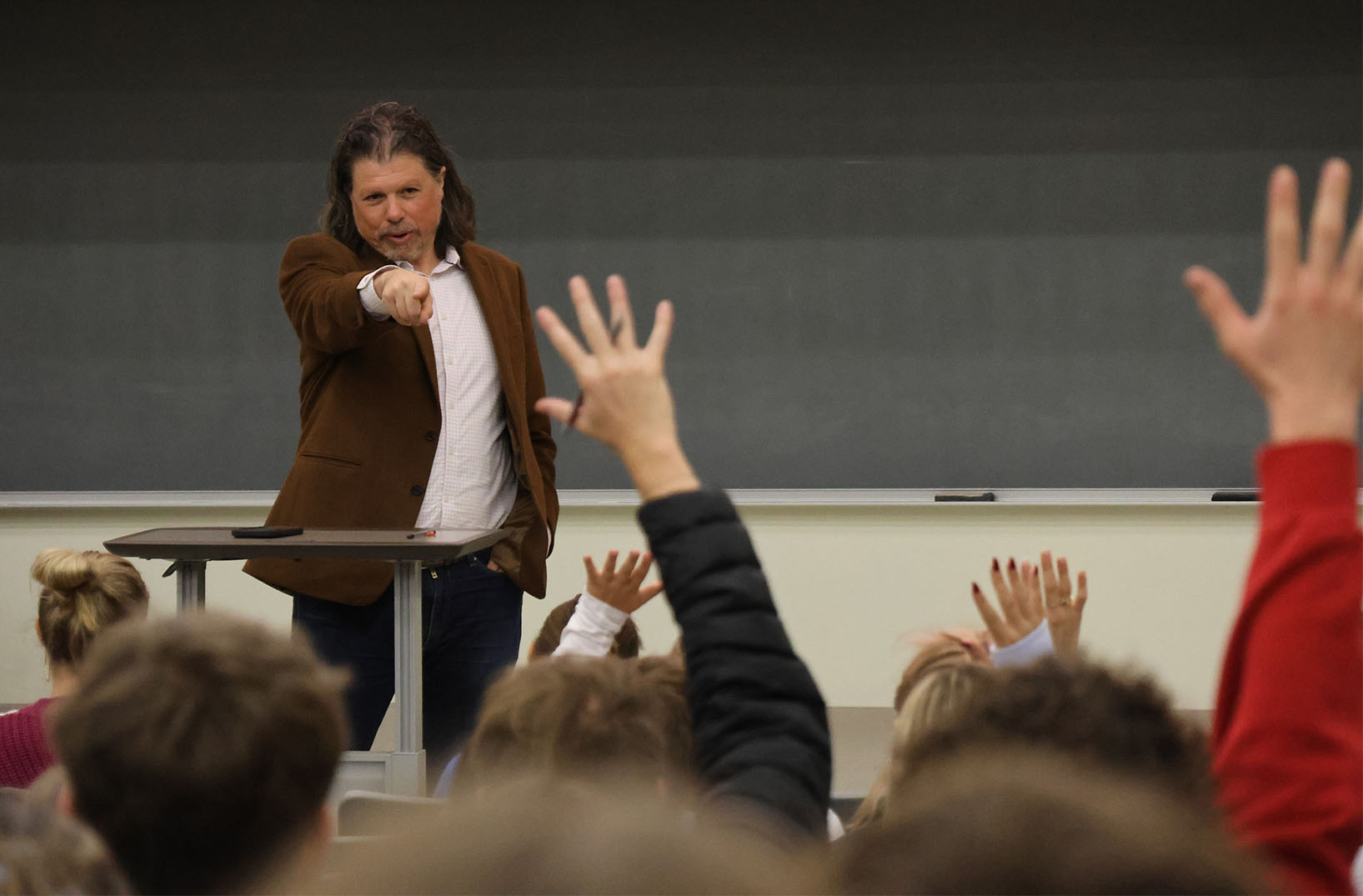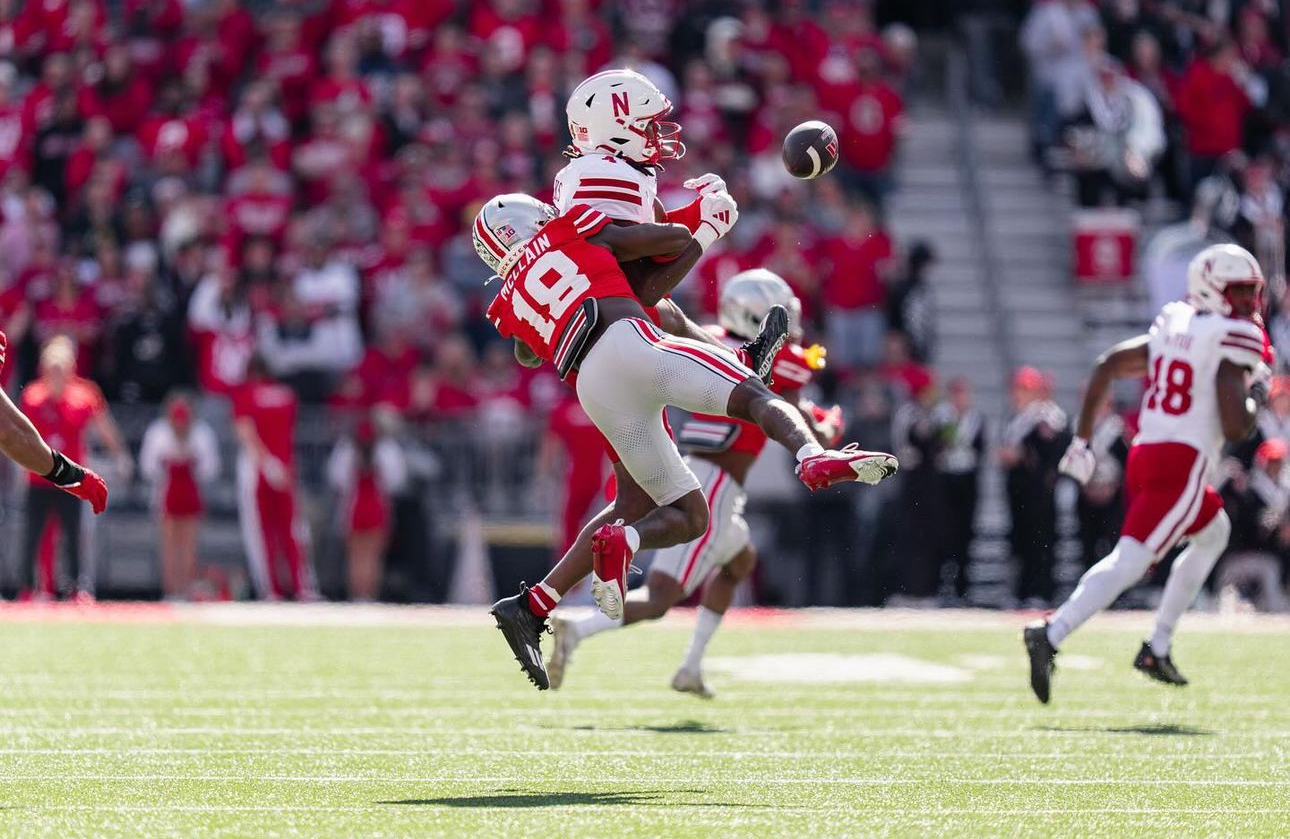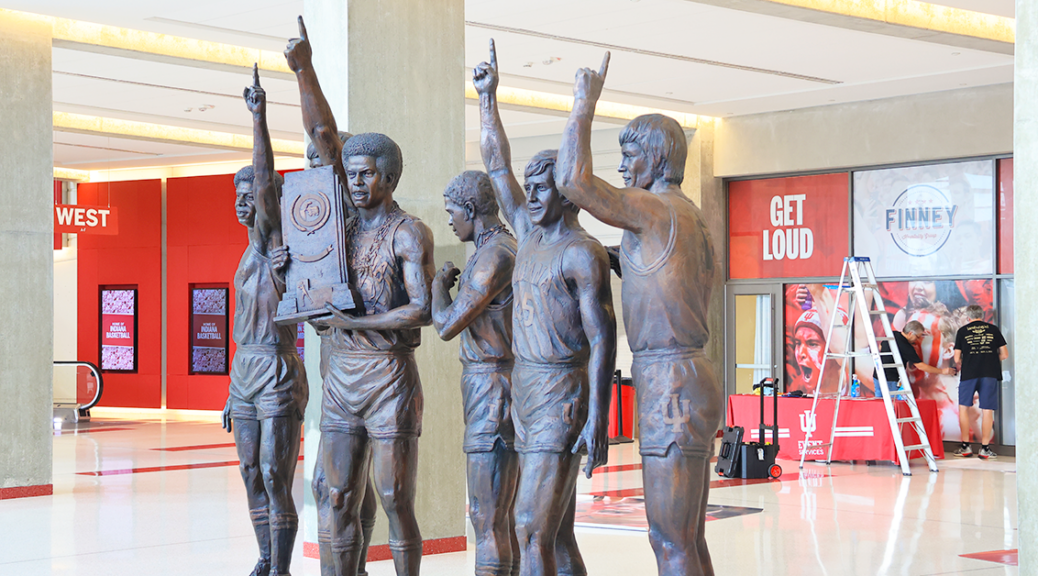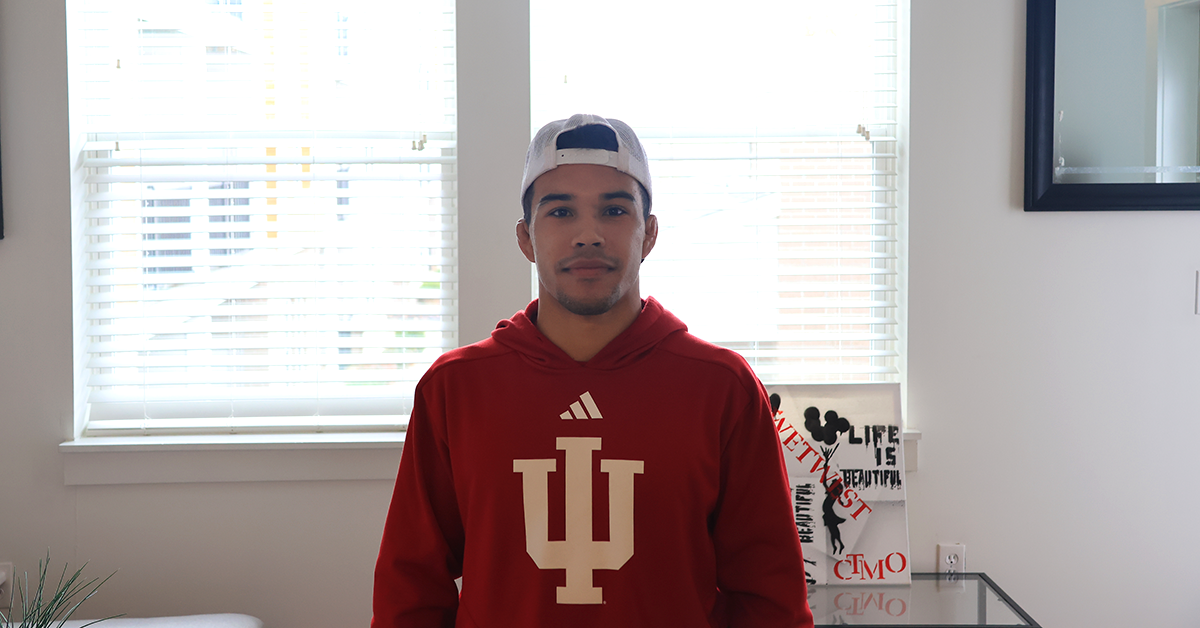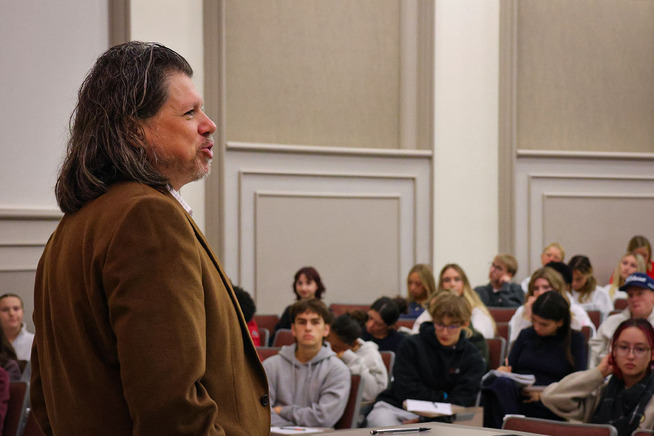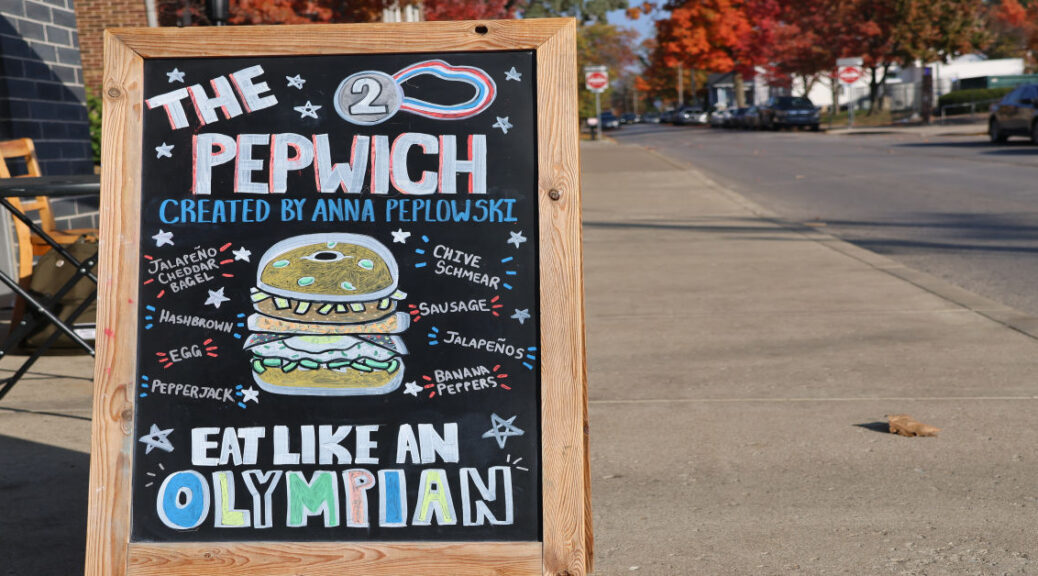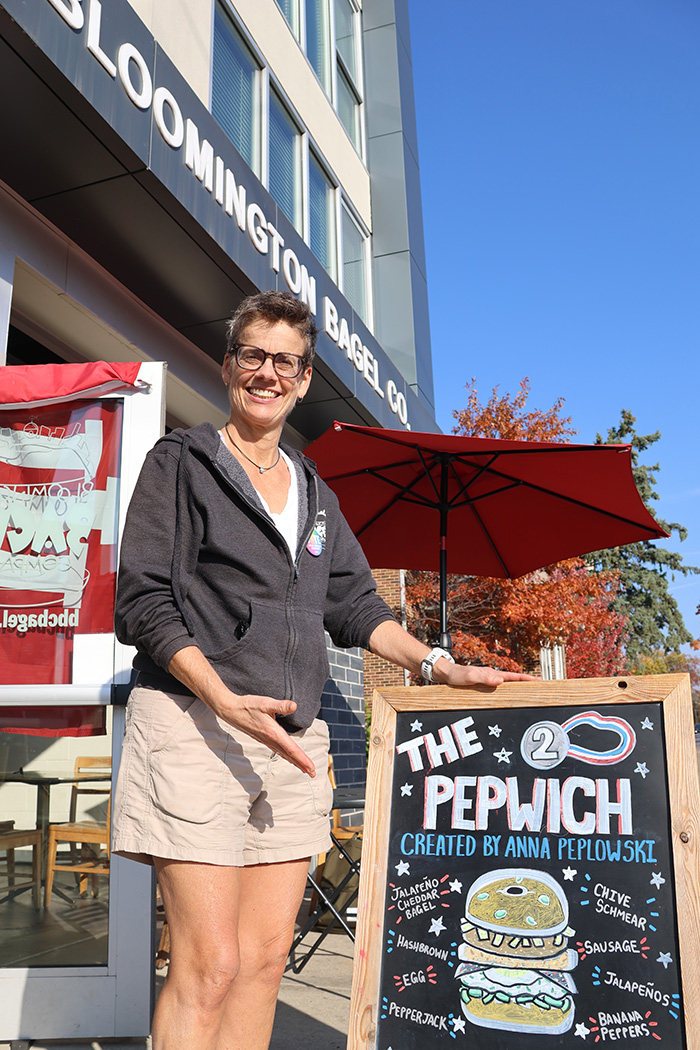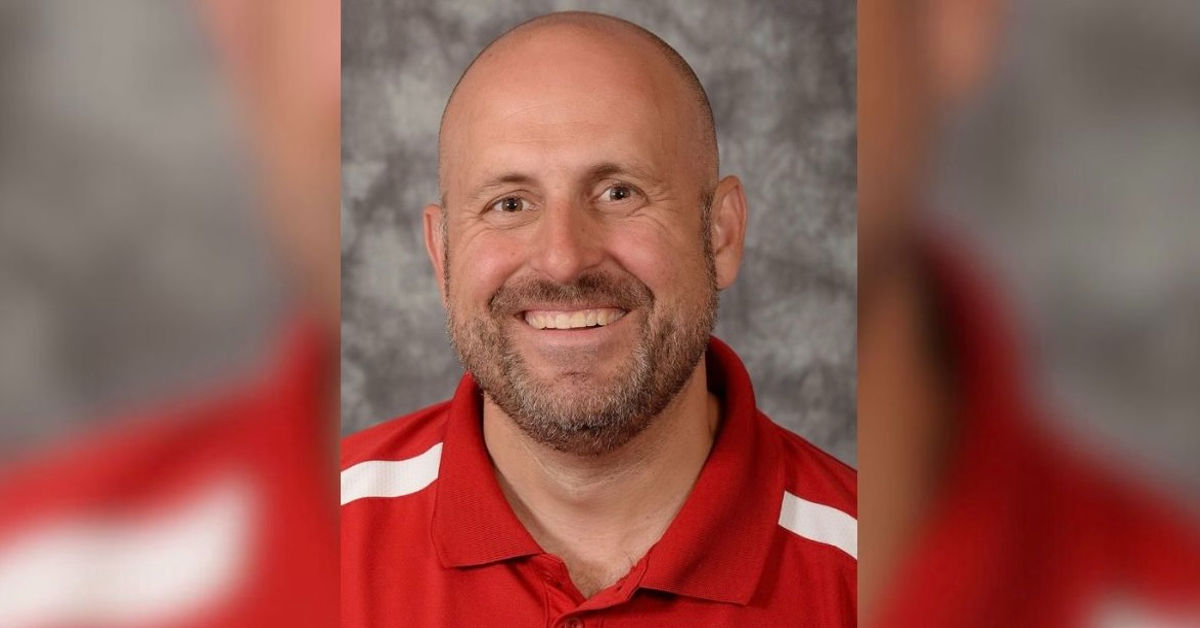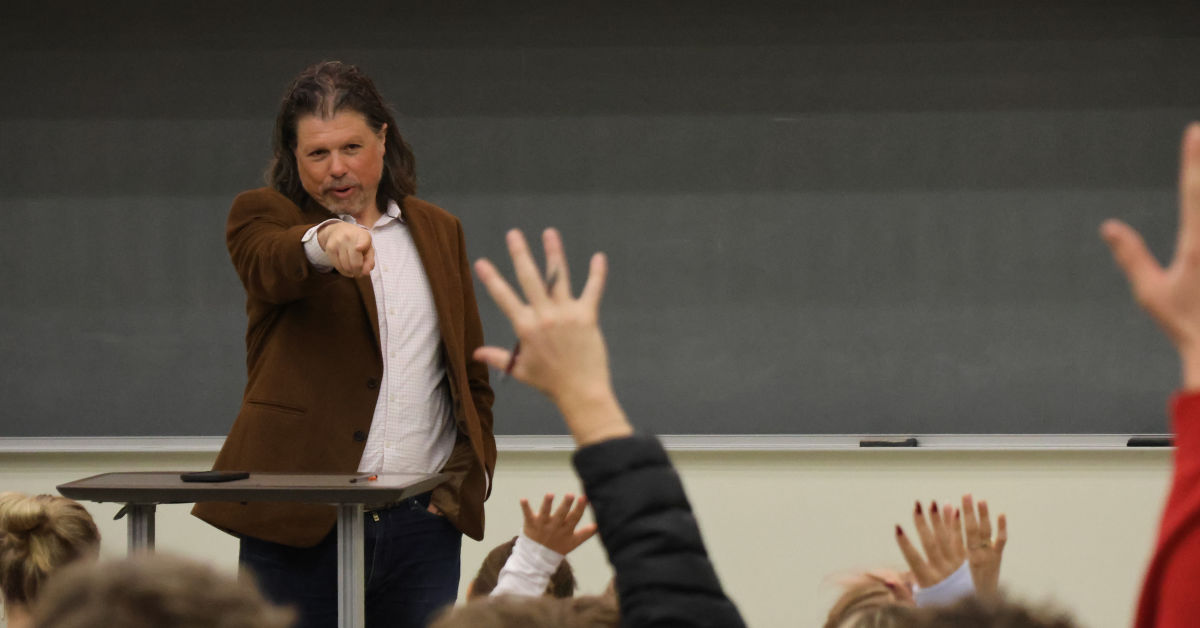NIL Effects people in more ways than one
By Bradley Harp, Megan Tonnu, Liv Napier
BLOOMINGTON, Ind. (Nov. 5, 2024) – Since 2021 athletes have been able to use their name, image, and likeness (NIL), to make a name for themselves and benefit off their own NIL. Over time there has been controversy about NIL though, as it becomes huge around the country people have had their own opinions about how NIL is deve
loped, how much each person makes, and how it operates overall as they are paying athletes to play ball.
Indiana University kicker, Quinn Warren began his journey with NIL going through football. When speaking with him he disclosed that, “there are many different aspects to an NIL deal, but with mine I have Hollister posts and partnerships with caffeine gum.”
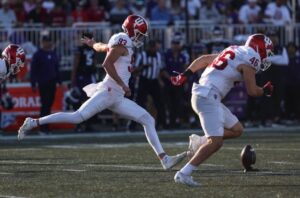
Reviewing NIL contracts now versus two years ago makes a huge difference, recruitment is different and when choosing where to go to school many factors of these contracts make a difference. “IU had people helping you with the contracts which was really important.” Warren said. Also being offered by different schools, IU stood out and had a good way of managing an NIL contract through people that offer their assistance in the process. Some contracts are by month, and some are a one-time thing.
Many concerns with the new NIL agreement have been brought to the public’s attention such as, “Is it fair that student-athletes are getting paid more than other important professions?” When addressing this issue there are many different viewpoints on which is the right way to go about these contracts. Rising in popularity of the National Collegiate Athletic Association (NCAA), NIL contracts are a huge factor to these athletes of many different sports. From having extreme measures of restrictions to athletes being able to be financially assisted through an NIL contract, it is a luxury to many student athletes to have these opportunities. Concerning the large amounts of money being paid to these athletes though, a frequently asked question is why should they be paid so much money? Some claim that it brings popularity to the schools which leads to funding. On the other hand, others disagree with the new NIL stance and feel that it is not right to have athletes be paid so much more than important occupations. “It’s kind of insane they are making more money, but obviously it brings money to the school” Warren stated. As a student athlete himself he felt it is unethical to pay athletes more than important occupations such as a doctor but also views it as a gateway to publicity for the school.
Indiana Universities Dr. Galen Clavio held a press conference with students from C250 on October 15th, 2024, to discuss more in-depth what all goes into NIL and how it has affected the world. “For the longest time the NCAA saw college athletes as just
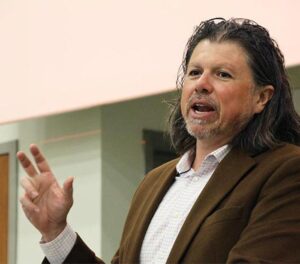
another student being involved in athletics while in school and that’s not what it is” Clavio said. During this time the NCAA learned that college athletes had the right to gain publicity off of their NIL. The NCAA decided in this case to allow the state legislators to make decisions on their own about what they will do with the concept of NIL and allowing athletes to use it for publicity and earning other contracts.
Student athlete Maggie Ledwith believes that NIL agreements are well deserved and that they should not be labeled as controversial. Maggie is IU’s soccer team’s mid field player. She was not offered an NIL deal for any university, but she is very familiar with NIL deals in sports. When asked whether she thinks it is fair how much some of these athletes are making through NIL deals, she said, “
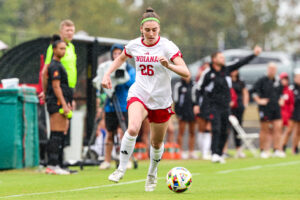
If they’re helping the company, might as well get paid for it.” Maggie’s soccer season began in July,and she discussed that many times throughout the interview saying, “Athletes work so hard during the off season. We have practice 6 days a week, four hours at a time and we are constantly traveling for games” When asked if it is fair that athletes with NIL deals can make more than jobs such as a doctor, Maggie said, “In my experience, athletes work so hard. I think they deserve the money they make.” When it comes to student athletes the controversy comes from the idea that there are students who are in nursing school, pre-med, pre-law, etc. who leave college in debt, whereas the student athletes with NIL deals can make thousands and leave with little to no debt. “NIL deals are like an influencer getting sponsorship. A company pays the athlete to promote a product, then the company gets money from the people who buy that product,” Magge said.
Despite the amazing things about being an athlete, there are also a lot of risks that come with it. When Maggie was in high school, she was injured and had a ruptured spleen and internal bleeding. She was in the hospital for several days and unable to play for 3 months. Maggie said, “Being an athlete comes with the risk of injuries. Injuries happen all the time…”. The risk of injury is enough to persuade Maggie that NIL deals are more than fair for athletes. But some people aren’t convinced. There are thousands of differing opinions about this topic on campus.
NIL has taken over athletics and as it continues to develop and evolve people will too. Athletes all over the world love NIL and hope that it continues to grow.
###


